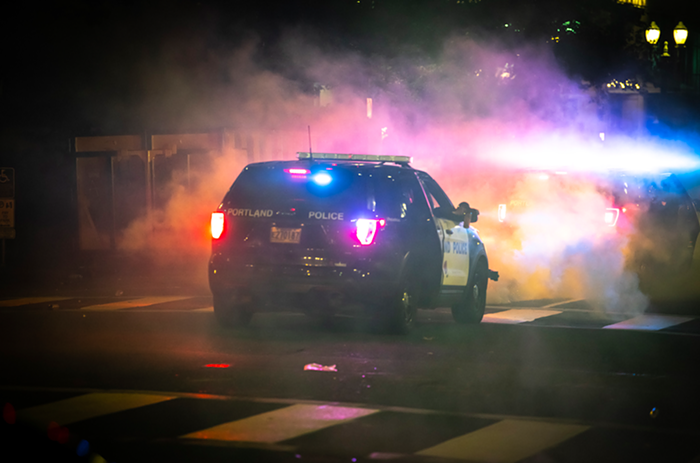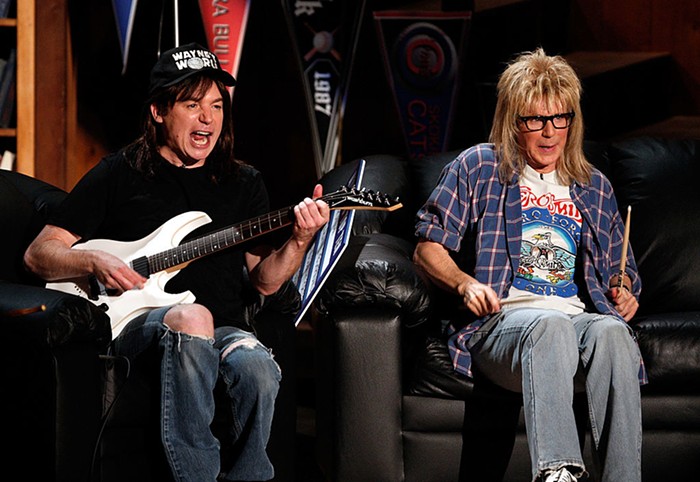Since Donald Trump’s election, discussion of what fascism looks like in America has reemerged. From a campaign pandering to white nationalist talking points, to explicitly racist policies like the Muslim travel ban, to the public re-emergence of white supremacists in the streets, the threat of fascism is material and deadly. Portland writer Shane Burley is no stranger to documenting it. His new book Fascism Today: What It Is and How to End It clearly and accessibly contextualizes the current moment in the United States, as well as the varied tactics to combat it.
Burley divides the book into two sections, with a helpful glossary. He begins by defining the unique qualities of fascist ideology—revolutionary facism, writes Burley, “does not just want the tacit inequality and structural oppression that exists inside of capitalist states; it wants to build a society where inequality and bigotry are explicitly endorsed.” However, fascism is not currently defined by a singular party of ethno-nationalists, so Burley chronicles the many forms it takes: familiar images like skinhead “Nazi Punks,” but also armed far-right “Patriot” militia movements, “suit-and-tie fascists” like Richard Spencer, and phony studies and journals on “race science.”
While this discussion can feel uneven in places—a section on “Tribe and Tradition” ventures off into the far-right utilization of neo-folk or industrial music as a recruiting tool—it speaks to how American fascism is decentralized, which makes fighting it even more complicated. Through appeals to liberal values of debate and dialogue, fascists will often hide their more sinister aims. A prime example is calling their public events “free speech marches,” a rhetorical move that shifts the conversation away from their violent actions, builds legitimacy, and more importantly, works as a recruiting tool.
In the second half of the book, Burley convincingly lays out the “mass movement” antifascist approach. A mass movement necessitates that fascism be fought on all fronts. This means broadening the scope of what antifascism (antifa) looks like. He argues that while the common narrative pits non-aggressive protest against militant, physically confrontational antifa tactics, they’re both strategic tools. Activists combating fascism should be prepared to conduct research, contact employers and universities, and, at times, serve as a physical impediment to fascist violence. But it also means building long-term relationships through labor organizing, in rural communities as well as in cities, to counter the crumbling social safety net that catalyzes mass reactionary movements.
A week after a white supremacist ran his car through a crowd of antifascists in Charlottesville last August, murdering anti-racist activist Heather Heyer, an Alt-Right group tried to rally in Boston. Fifty white supremacists were met by an estimated 40,000 antifascists, effectively stopping the march. While this show of overwhelming support cannot be expected every time fascists turn out, fascist events cannot go undisrupted. Fascism thrives and grows when a blind eye is turned, and the left exposes weak points. To Burley, the solution comes through solidarity with each other, whether we mask up or not.
Fascism Today: What It Is and How to End It
by Shane Burley
(AK Press)













